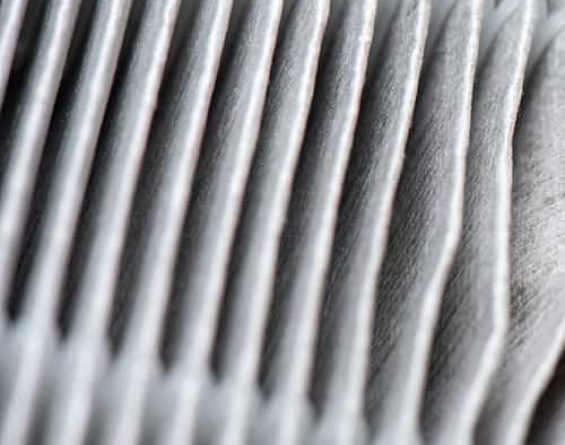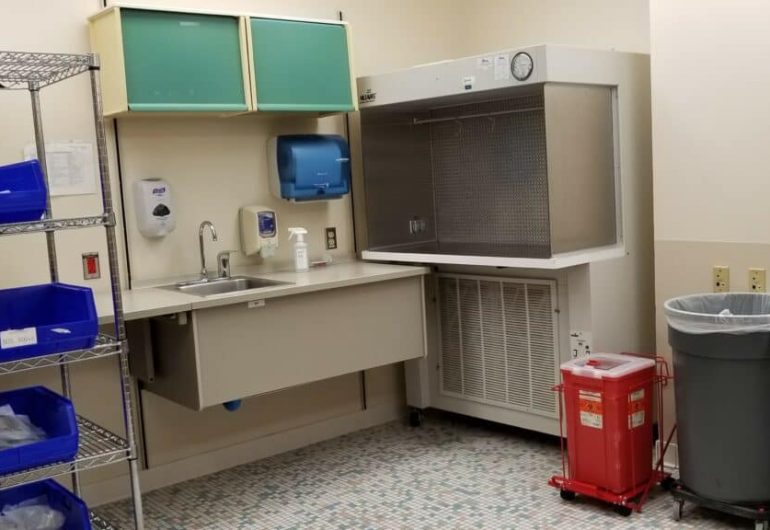Advancing Patient Safety with Modern Technology in Hybrid Operating Rooms
March 26, 2025

By William (Lian Wu) Xia, P.E., LEED AP bd-c | Mechanical Engineer
Relocating high efficiency particulate air (HEPA) filters is a straightforward process, but design engineers and facility managers may neglect or not realize the impacts this can have to air-handling unit (AHU) operations. The United States Pharmacopeia (USP) 797 standards for sterile compounding standards mandates that air supplied to cleanroom suites must be introduced through HEPA filters that are located in the ceiling of the buffer and anterooms. So what is the impact of relocating these filters?
A pharmacy service zone generally consists of 3 clean rooms, with one anteroom, one positive pressure buffer room, and one negative pressure buffer room. These clean rooms are serviced by a dedicated AHU with HEPA filters. The supply fan is usually controlled by the duct mount static pressure sensor through VFD (variable frequency drive) to maintain constant airflow.
The static pressure sensor is located downstream of the HEPA filters. When these filters get dirty, the system airflow goes down, also causing the duct static pressure at the pressure sensor to decrease. The sensor then calls for the fan to speed up to achieve its set point, maintaining constant system airflow.
With HEPA filters in the clean rooms as required, the pressure sensor is now upstream of the HEPA filters due to the location change. As the filters get dirty, their pressure drop goes up, which causes the system airflow to go down. The duct static pressure at the pressure sensor also goes up, prompting the sensor to call for the fan to adjust to its set point, which makes even less supply air to the rooms.
Design engineers and facility managers often neglect the impacts that relocating (HEPA) filters can have to air-handling unit (AHU) operations. To counter this, engineers need to revise the AHU controls so that the pharmacy HVAC system meets USP 797 standards. One of the solutions is replacing the duct static pressure sensor with the airflow sensor. The airflow sensor will automatically control the fan to speed up/down whenever the HEPA filters pressure drop changes.

